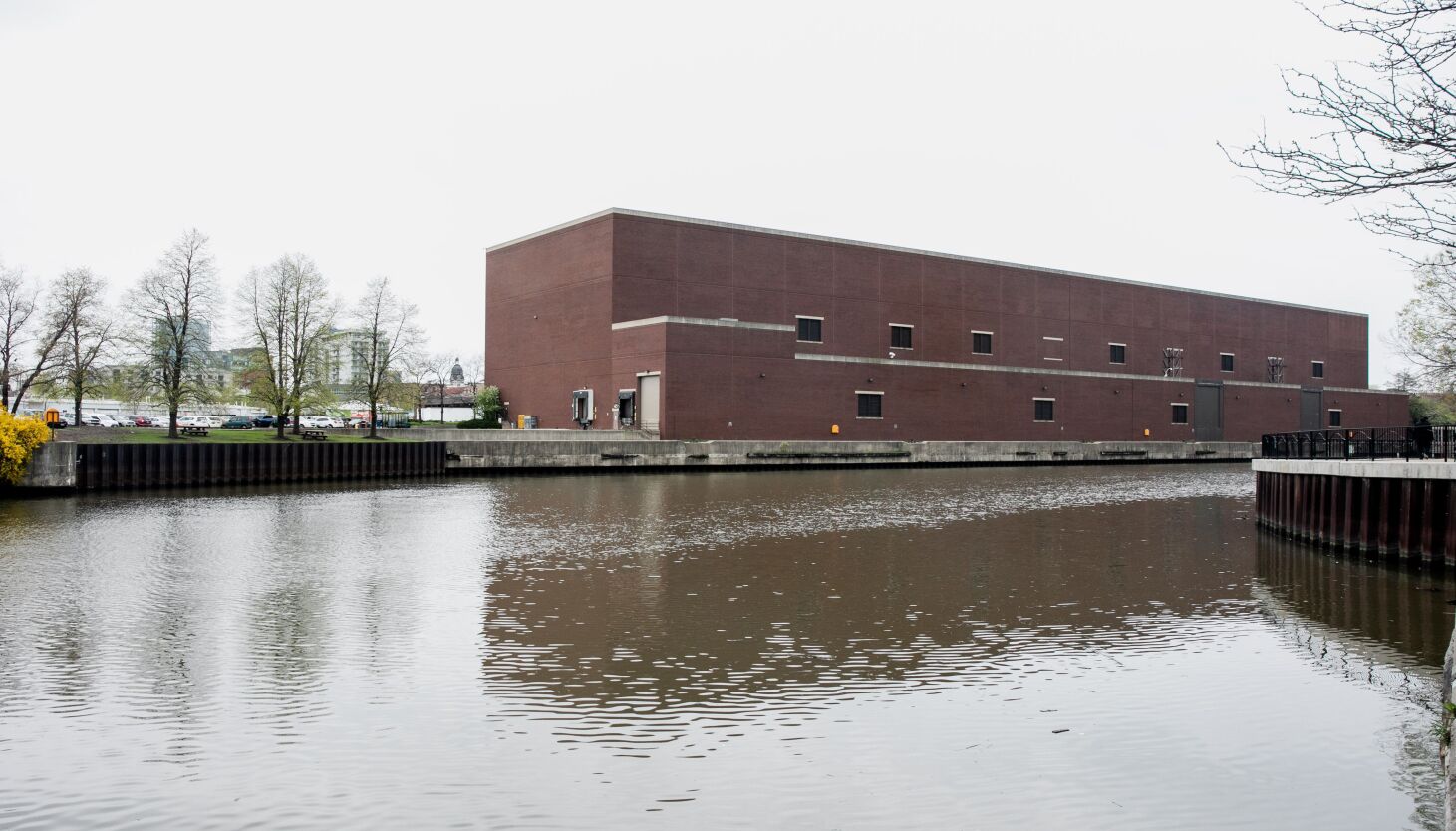
Few things nullify human arrogance more than romanticized revisions of historical events.
With Chicago soon to change forever by becoming a city with a permanent casino, denizens and leaders would be wise to remember the Eastland.
Though more people drowned when the riverboat Eastland capsized on the Chicago River on July 24, 1915, than perished in the Great Chicago Fire of 1871, it’s a far less well-known historical event.
There’s been no Hollywood depiction of the Eastland sinking that features Kate Winslet telling Leonardo DiCaprio that she’ll never let go mere seconds before doing the very thing she said she would never do.
Despite the lack of theatrics around the Eastland, Susan Q. Stranahan writes in Smithsonian Magazine about how it was deadlier than the Titanic disaster in terms of the number of passengers who died onboard.
There’s one striking reason that, by comparison, it remains mostly absent from the public consciousness. That’s the socioeconomic status of the people who perished in the disaster.
It’s a sobering and timely lesson for Chicago as we embark on having a permanent casino site. We cannot afford to repeat the mistakes of those who ignored warnings about the seaworthiness of the Eastland.
We have to make adequate accommodations for our fellow Chicagoans who currently or will in the future struggle with pathological gambling issues.
As Stranahan points out, the vast majority of passengers aboard the Eastland on its final voyage were workers “from the Western Electric Company’s Hawthorne Works factory in nearby Cicero.”
These people, mostly immigrants, were on the lower part of Chicago’s socioeconomic strata in the early 20th century. They were promised transport aboard the riverboat to a day of amusement and a respite from their toils to scratch out an existence.
In much the same way, the casino in Chicago promises to transport us temporarily to various forms of entertainment that people of all classes can enjoy. From 11 restaurants to an adjacent outdoor public green space, Bally’s plans promise an escape from the dreary and mundane.
Yet, just as inspectors ignored the obvious issues with the Eastland’s integrity for months prior to its final voyage, Chicagoans cannot overlook the potential impact of a Chicago casino on people who struggle with compulsive gambling.
A 2021 study by the Illinois Department of Human Services found that well over 1 million Illinoisans were struggling with a gambling problem or at risk of developing one.
That number only stands to rise with the new casino.
There are resources available to address the danger. On Bally’s website for the Chicago casino, the commpany says it is “making a minimum commitment of $200,000 annually to provide compulsive gambling counseling and assistance.”
This is in addition to resources the state of Illinois provides. The Illinois Council on Problem Gambling and the Department of Human Services maintain a list of treatment providers and other services, many available free.
Yet all the funding and treatment will prove ineffective if the people who could benefit from them are unaware of their existence or can’t see their own need.
That’s where community action becomes pivotal. It’s on Chicagoans to learn about the warning signs of gambling addiction and intervene when they become visible in our communities.
The city and all within it must take action to educate and show more concern for our fellow Chicagoans than those operating the Eastland did. If we fail, the human cost could be greater than it was that day in July 1915.